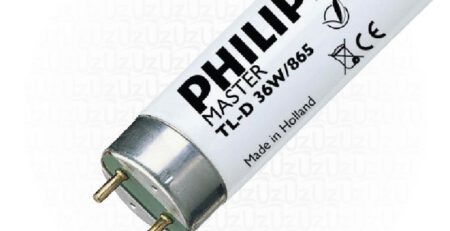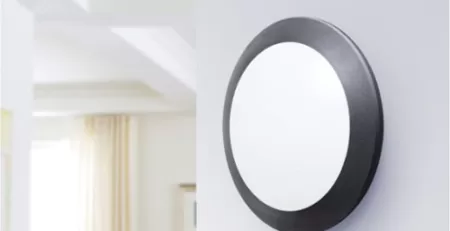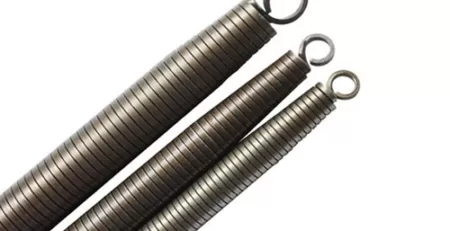Tips for Installing LED Downlights
When you are in the market for LED downlights one of the first things you should be sure of is the type of fittings you presently have in your office or home where the lights need to be installed. You then need to purchase lights for those fittings. For instance if you have GU10 lighting fittings in your home then purchase LED downlights which are designed for GU10 or they will not fit as intended. Some of the most common fittings are B22, GU10, MR16, and E27. If you are not sure take a few pictures of the fittings and search online to find exactly what types of fittings they are and then find LEDs accordingly. Once you do use the following tips below to install them.
Use LED transformers
There are some lights that will need transformers while others will not depending on how the wiring of a building has been setup. Households that usually have 240V AC current, are often not compatible with the fair majority of appliances sold online and will require a transformer. Generally MR16 lights will run on just 12V DC or Direct Current and for that they will need a transformer if used within a 240V system. A GU10, B22 and E27 LED down light which operate on 240V AC current will not need a transformer if a 240V electrical setup exists. So, before you purchase LEDs it would be a good idea to first check how the household wiring system has been setup to know which fittings and transformers you need.
Use Dimmer Switches
If you are going to use a dimmer during the installation process with the LED downlights that you install then you need to buy lights that are compatible with dimmers. You will need to purchase a special type of dimmer which is designed to work with LED lighting since traditional dimmers are not compatible with the latest lighting. Usually companies that sell LED downlights will have a list of compatible dimmers or recommended dimmers which should help you find the right one.
Soldering LED downlights
When soldering the LEDs lights to the fixture or into place they have to be at least 3mm from the resin’s base. In addition there should be no mechanical force which is placed on these lights, then you need to make sure that they are not heating up excessively in order to avoid potential injury and damage to the property. However, with the right tools you should be able to measure both heat and the current running through the lights to make sure it does not cause damage.
Make sure all wires are insulated
When you are done with the required installation make sure to check all the wires and connections to ensure that they are insulated. LED lights are sensitive to heat and sparking both of which can damage them. So, one last check should be performed before screwing back everything and using the lights as you normally do.
BY by GAHZLY
#Tips #Installing #LED #Downlights










Leave a Reply
You must be logged in to post a comment.